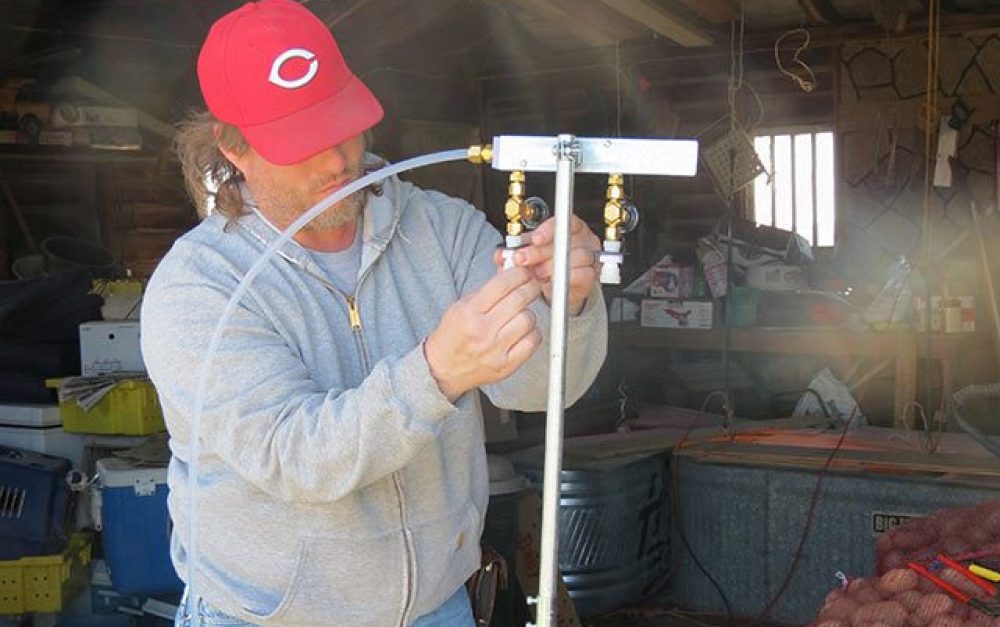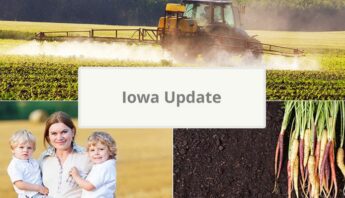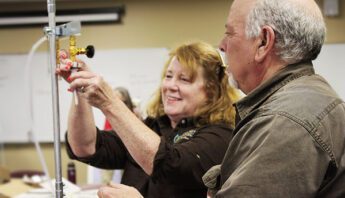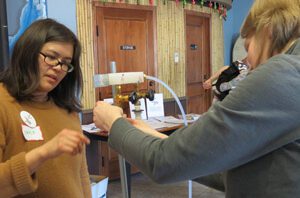What does it take to recruit a group of Iowa farmers and rural residents to an all-day, indoor training on one of the first beautiful days of spring? An issue as serious as pesticide drift.
A few weeks ago PAN Staff Scientist Emily Marquez and I led PAN’s fourth Drift Catcher training in Grinnell, Iowa. The Drift Catcher is a long-standing PAN program that uses community air monitoring to document the problem of pesticide drift in rural communities.
The process is simple. At the height of spray season, each Drift Catching partner sets up the tool at their home, school, farm or bee yard. The Drift Catcher collects air samples, which get sent off to a lab and tested for pesticide residues. By analyzing the results of this monitoring, we can tell which pesticides were drifting in the air, and in what quantities.
They smell pesticides in their air, notice withered crops and damaged treelines.
At our training this month we coached half a dozen farmers and beekeepers on how to use the Drift Catcher and when to monitor. These new partners — who we met through organizations like Practical Farmers of Iowa, the Women Food and Agriculture Network, Iowa Farmers Union and the Central Iowa Beekeepers Association — will join our growing network of community air monitors who are testing for pesticide drift from Hawai’i to Minnesota.
Why does Drift Catching matter? Drift happens, and Midwest farmers and rural residents know it. They smell pesticides in their air, notice withered crops and damaged treelines. But drift is hard to prove. There are no public agencies monitoring the air for pesticides in the Midwest, and when people speak up about the problem, they’re often dismissed by decision-makers and pesticide applicators.
The Drift Catcher helps bring data to people’s lived experience — a combination policymakers can’t ignore.
On the road again
After all the participants went home from the day-long training, Drift Catchers in hand, Emily and I hit the road. We zigzagged across Iowa, visiting our newly trained partners at their homes and farms.
This is the best part of the trip, hands down! We do site visits to help our partners pick the best area to set up their Drift Catcher, and to certify them on use of the equipment. But after we take care of business, we usually get to tack on a farm tour, a cup of coffee at the kitchen table, or a chance encounter with farm cats or piglets.
We believe strongly in diversity on the farm; that’s a big part of our insurance.— Rob Faux, Iowa farmerTwo days after our Saturday training, Emily and I pulled our cargo van up the dirt driveway at Rob and Tammy Faux’s Genuine Faux Farm. Rob gave us the grand tour, complete with dozens of baby chicks clustered sleepily under heat lamps in the garage, rows of spinach bursting from the ground in the warm high tunnel, and fields waiting to be planted in a few weeks. “We believe strongly in diversity on the farm; that’s a big part of our insurance,” Rob told us as we walked from the orchard to the poultry pasture.
These tours inevitably lead to stories about pesticide drift and misapplication. Rob pointed towards the western edge of his farm. “I was out in the field working when the plane flew over – he just kept his sprayer on when he crossed from my neighbor’s field onto my property.” Rob himself was doused in pesticide, and so were his high tunnel greenhouses full of organic vegetables, a few beehives, and his laying hens and turkeys.
The Fauxes had to give up their organic premium and return to “transitional” status on about half of their farm. This summer, three years later, all acres of Genuine Faux Farm will be fully certified organic again.
For farmers like the Fauxes, the costs of drift go beyond crop loss and health concerns. Organic and sustainable farmers attest that the work they do to build healthy soil is just as important as the crops they grow, and it’s hard to put a price tag on lost soil health and biodiversity.
Plus farmers who sell their produce through CSA’s or farmers markets build their businesses on honest relationships with their customers, many of whom expect pesticide-free produce. Most farmers I’ve talked to choose to destroy the crops rather than risk selling a product that’s doesn’t meet their high standards of quality or that might be harmful to consumers.
After we watched Rob set up his Drift Catcher in the garage, we initialed his paperwork and handed over his certificate. He was officially ready to join the cohort of concerned Iowa residents who monitor their air for pesticide drift. We hope there are no more issues with drift on his organic farm. But if drift happens, we all agree: let’s document the problem.
Tools for policy change
The Drift Catcher doesn’t just tell concerned individuals what’s in their air. It also makes the case for policy change by demonstrating the problem of pesticide drift in a robust, scientifically sound way.
Help stop the drift!
Tell Iowa policymakers you care about drift.

This year PAN worked with a coalition of farmer and public health organizations to ramp up our state policy work in Iowa. We’re calling on state regulators and legislators to do more to protect farmers from drift by improving liability insurance requirements for pesticide applicators, speeding up laboratory testing to document crop damage from pesticide drift, and improving public access to data on pesticide use and drift incidents.
And even as we push for better protections in Iowa, we know drift is a national problem that needs federal solutions. Planting has started across the Midwest. This year Dow and Monsanto’s new genetically engineered crops will be going into the ground — opening the door to large increases in the use of two drift-prone herbicides: 2,4-D and dicamba. Many of the farmers and rural residents we work with are concerned that drift may get worse, rather than better, in the coming years.
Tackling pesticide drift is no small task. We’re excited to have a few dozen Drift Catchers out in the fields this season. And though we can’t equip every farmstead, schoolhouse and bee yard with a Drift Catcher, we all have a role to play in addressing drift. This season, let’s all keep an eye out for signs of pesticide drift, report it when it happens, and send a strong message to policymakers that farmers and rural residents need better protections from pesticide drift.
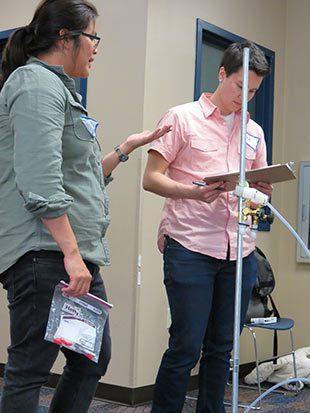 |
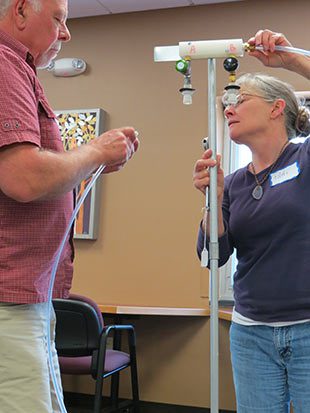 |
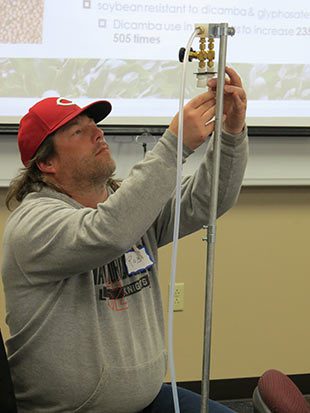 |
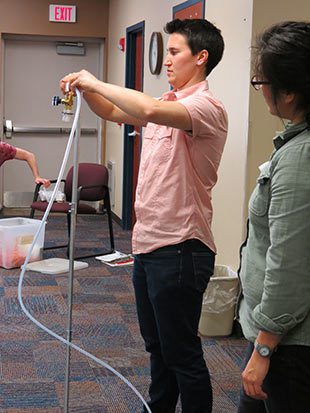 |



